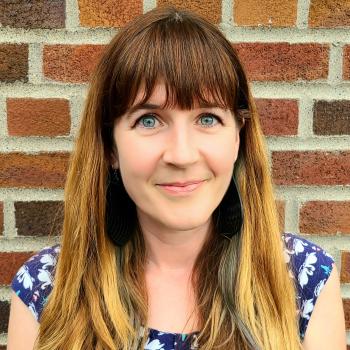New perspectives on primary prophylaxis of invasive fungal infection in children undergoing hematopoietic stem cell transplantation: a 10-year retrospective cohort study
Ricard N, Zebali L, Renard C, et al
31 March 2023
Access via Cancers
Publication summary
Allogenic hematopoietic stem cell transplantation (a-HCT) and the use of immunomodulatory therapies to prevent graft rejection place recipients at risk of fungal and bacterial infections during the post-transplant period. Guidelines from the 8th European Conference on Infections in Leukaemia recommend antifungal prophylaxis for children who have received an a-HCT, arguing that the most robust evidence exists for posaconazole, with some evidence also supporting the use of itraconazole, voriconazole, liposomal amphotericin B, or micafungin. In lieu of providing systematic primary antifungal prophylaxis to children who have received an a-HCT, the Pediatric Hematology and Oncology Institute at the Hospice Civils de Lyon relies instead on a strict environmental hygiene and air filtration protocol. This retrospective study evaluates the incidence of invasive fungal infections (IFIs) in 308 children who received an a-HCT in a French hospital that relies on environmental hygiene and air filtration, rather than systematic primary antifungal prophylaxis, from 2010 to 2020.
Who this is for
- Pediatric oncologists and hematologists
- Pediatric infectious diseases clinicians
- Infection control and prevention professionals
- Environmental hygiene professionals
Key findings
Patient characteristics
Most (55%) of the 308 patients younger than 20 years who received an a-HCT from 2010 to 2020 had a hematological malignancy, and more than half of patients (55%) had received high-dose steroid therapy after their transplant. Approximately one-fifth of patients (20.5%) received a second-line immunosuppressive treatment. Primary antifungal prophylaxis was administered to 23 children, and 27 children who had a history of IFI prior to a-HCT received secondary antifungal prophylaxis.
Occurrence of IFIs
Among the 308 patients, 20 IFIs occurred in 18 patients, comprising 13 proven and 7 probable infections. Infections were caused by Aspergillus species (10 infections), Candida species (7), Mucorales (2), and Trichoderma species (1). The lungs were the most common site of infection (55% of IFIs).
Thirteen children with IFIs had an underlying malignancy, 12 patients were older than 10 years, and 10 patients experienced late IFIs (i.e., IFIs occurring more than 2 months following the transplant). Nine children developed graft-versus-host disease. Seven patients developed cytomegalovirus reactivation, and five of these patients also had Epstein-Barr virus co-infections. Eleven children had an incomplete lymphocyte reconstitution after 1 year. Six children with an IFI died.
Among the 18 IFI patients, only two had received antifungal prophylaxis, one of whom received primary prophylaxis with posaconazole and developed an invasive Trichoderma infection (NB: posaconazole does not have Trichoderma species coverage). The other patient received secondary prophylaxis with liposomal amphotericin B and developed two probable Aspergillus infections in the post-transplant period.
Risk for IFI was associated with patients who were older than 10 years, the use of therapeutic antivirals, and a low neutrophil count. The authors argue that, in deciding whether to administer primary antifungal prophylaxis to children following an a-HCT, clinicians should consider these risk factors, along with local epidemiology and ecology and patients’ histories of prior IFIs, in addition to educating caretakers about hygiene and air flow in home and outpatient environments.








